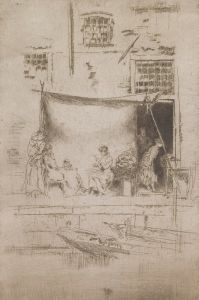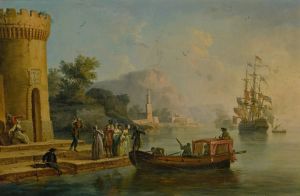
Marché
A hand-painted replica of Camille Pissarro’s masterpiece Marché, meticulously crafted by professional artists to capture the true essence of the original. Each piece is created with museum-quality canvas and rare mineral pigments, carefully painted by experienced artists with delicate brushstrokes and rich, layered colors to perfectly recreate the texture of the original artwork. Unlike machine-printed reproductions, this hand-painted version brings the painting to life, infused with the artist’s emotions and skill in every stroke. Whether for personal collection or home decoration, it instantly elevates the artistic atmosphere of any space.
Camille Pissarro, a Danish-French Impressionist and Neo-Impressionist painter, is renowned for his contributions to the development of Impressionism and Post-Impressionism. One of his works, "Marché," exemplifies his keen interest in capturing the vibrancy and dynamism of everyday life. Although specific details about the painting "Marché" are limited, Pissarro's broader body of work provides context for understanding his artistic approach and thematic interests.
Pissarro was born on July 10, 1830, on the island of St. Thomas in the Danish West Indies. He moved to Paris in 1855, where he became deeply involved with the French avant-garde. Pissarro's work is characterized by his commitment to painting scenes of rural and urban life, often focusing on marketplaces, streets, and landscapes. His style evolved over time, influenced by his interactions with other artists and his own explorations of color and technique.
Throughout his career, Pissarro was deeply invested in the depiction of market scenes. These works often highlight the hustle and bustle of daily life, capturing the interactions between people and their environment. Pissarro's market scenes are notable for their attention to detail and the way they convey the atmosphere of the setting. He was particularly skilled at portraying the effects of light and weather, which he used to enhance the mood and realism of his paintings.
Pissarro's approach to painting was informed by his belief in the importance of working directly from nature. He often painted en plein air, or outdoors, which allowed him to observe and capture the nuances of natural light and color. This method was central to the Impressionist movement, which sought to depict the world with immediacy and authenticity. Pissarro's dedication to this approach is evident in his market scenes, where he skillfully rendered the play of light on various surfaces and the subtle shifts in color that occur throughout the day.
In addition to his technical skills, Pissarro was known for his egalitarian views and his interest in social issues. His market scenes often include a diverse array of figures, reflecting the social dynamics of the time. Pissarro's work is marked by a sense of empathy and humanity, as he sought to portray the dignity and vitality of ordinary people.
While specific information about the painting "Marché" is scarce, it can be appreciated within the broader context of Pissarro's oeuvre. His market scenes are a testament to his ability to capture the essence of everyday life, combining technical mastery with a deep understanding of human experience. Pissarro's legacy as a pioneering Impressionist and his influence on subsequent generations of artists remain significant, as he continues to be celebrated for his contributions to the art world.
Overall, Camille Pissarro's "Marché" can be seen as a reflection of his enduring fascination with the rhythms of daily life and his commitment to portraying them with authenticity and sensitivity. Through his art, Pissarro invites viewers to engage with the world around them, encouraging an appreciation for the beauty and complexity of the ordinary.





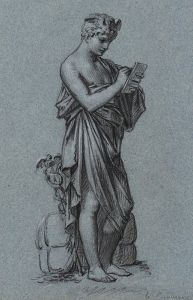
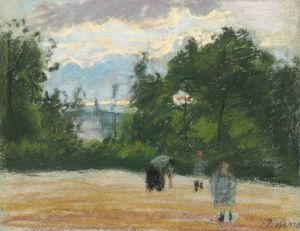
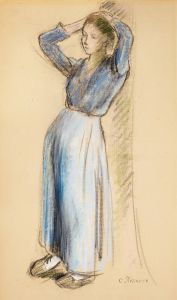
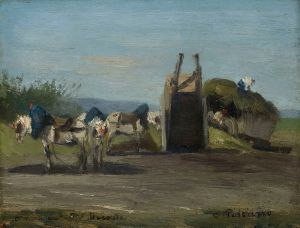
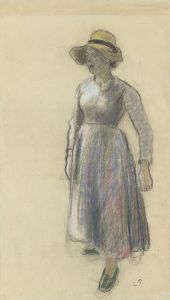
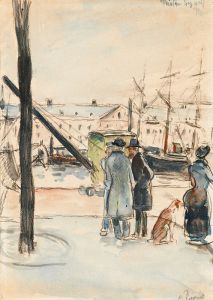
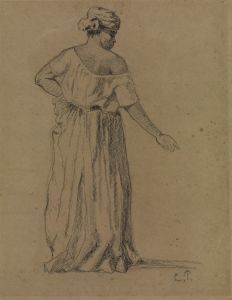
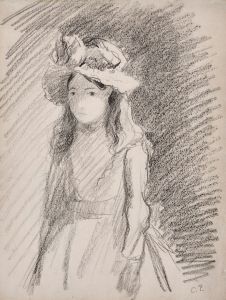
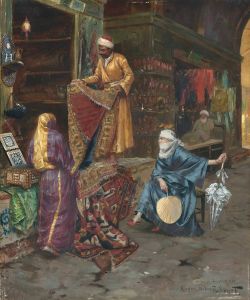
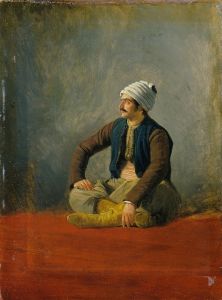

![Designs for staged commercial or trade exhibition displays of coal-fired water heaters and furniture.] [Perspective sketch in orange with rainbow edges](/imgs/249324/s/winold-reiss-designs-for-staged-commercial-or-trade-exhibition-displays-of-coalfired-water-heaters-and-furniture-perspective-sketch-in-orange-with-rainbow-edges-7c407bf3.jpg)
